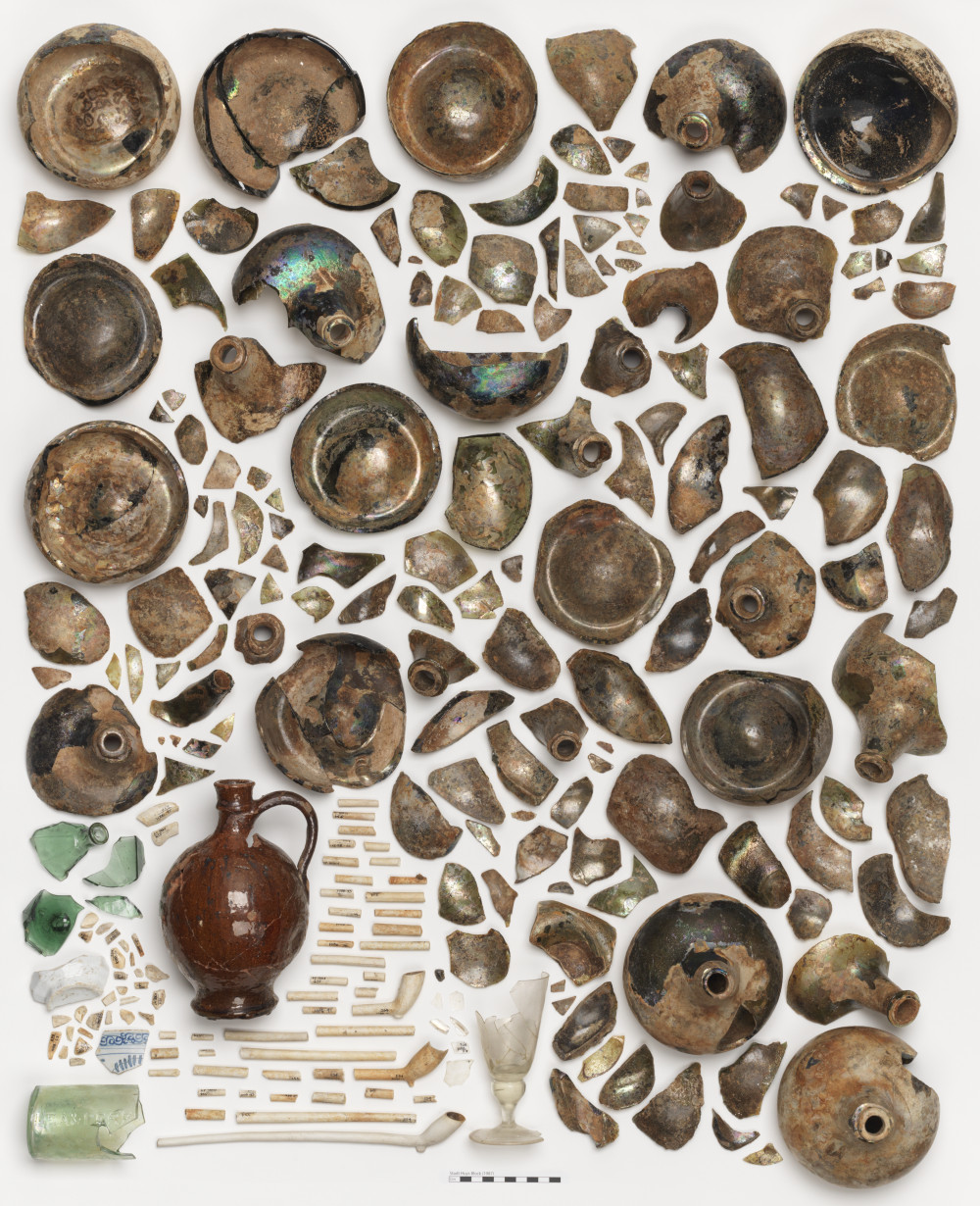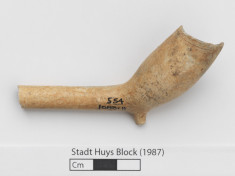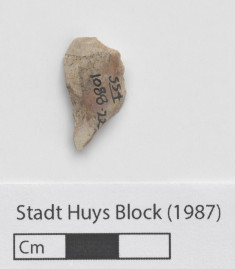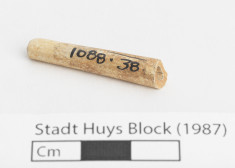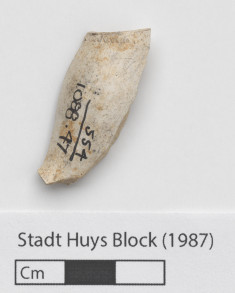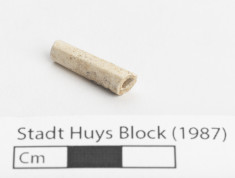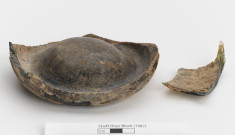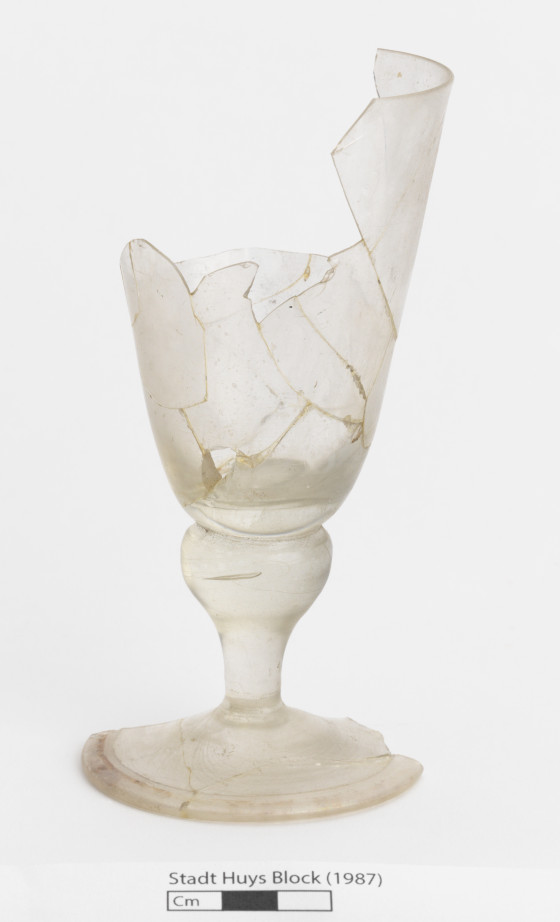Introduction: Lots 8, 9, and 15 are modern designations for adjacent parcels of land that were owned together and used as a single property until the early 1830's. Excavations produced important discoveries like that of the Colonial-era Lovelace Tavern, proving that significant archaeological resources could still exist in urban spaces. Project archaeologists were able to lobby for increased time and funds to continue their work on the strength of these finds, leading to additional discoveries. In all, the project provided considerable information about the history of New York City and its inhabitants from the 17th to the 20th centuries.
The tavern was constructed by the second English Governor of New York, Francis Lovelace, around 1670. Taverns were important spaces for colonial communities, serving as centralized meeting places that fulfilled important social, recreational, political, and economic functions. Lovelace Tavern became New York's temporary City Hall starting in the late-17th century after the Stadt Huys fell into disrepair and was demolished in 1706.
Rationale: Remains of the Lovelace Tavern were first encountered during the excavation of Test Cut AQ. As a result, a total of five units were archaeologically tested in the immediate area (Test Cuts AQ, AQ1, AQ2, AQ3, and AQ4). Archaeologists discovered six major stratigraphical layers representing different depositional events -- the most important being those related to the construction, use, and destruction of the Lovelace Tavern. Overall, archaeologists excavated 27 test cuts inside, adjacent to, or within the walls of the tavern, representing around fifty-percent of the total area.
Results: The remnants of a wooden barrel used for wine bottle storage was found underneath the tavern floor. The barrel was originally placed against the western wall of the tavern and extended to between 28- and 61-inches below the excavation surface. The artifacts found -- including deltware, smoking pipes, and wine bottles -- indicate that the barrel was used in the late-17th to very early-18th century. The feature was partially looted in February of 1980.
Lot 8, Test Cuts AQ2 & AQ3, Stratum XVIII, Level C
-
Collection method
Trowel, Screen (1/4-inch mesh). Arbitrary 4-inch Level.
-
Soil description
Black Fine Sand with Tan and Brown Sand Rings and Brown Sand Interior
-
Munsell
10YR 6/2

